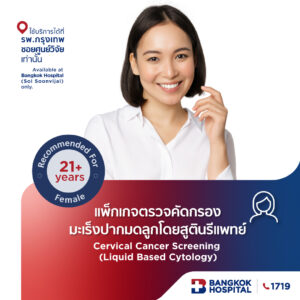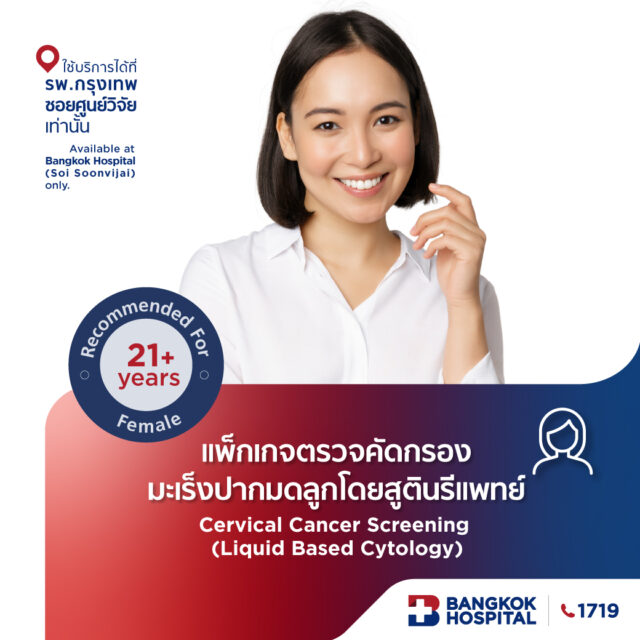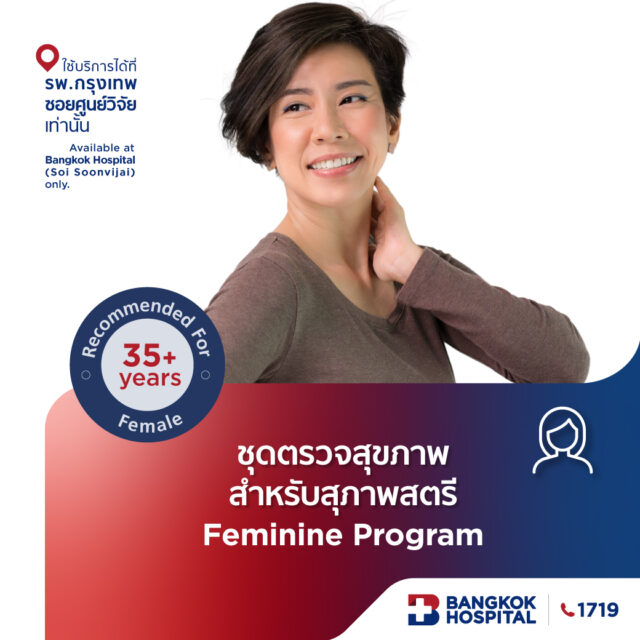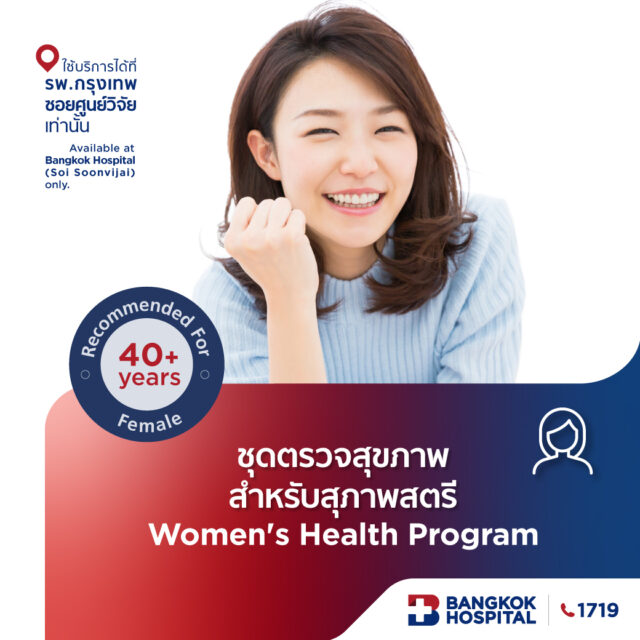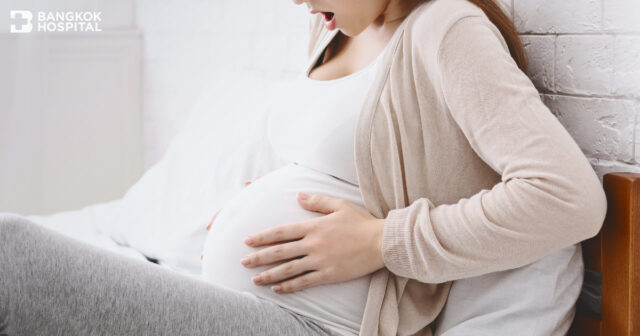Pregnancy is an exciting time, but it can also be stressful. Preeclampsia is one of the conditions that affects mother-to-be. It consists of a broad spectrum of conditions which are associated with substantial maternal and fetal/neonatal morbidity and mortality. The incidence is estimated to be 4% of all pregnancies. 80% of cases have shown mild to moderate signs and symptoms while the remaining cases usually develop severe complications. It is a pregnancy complication characterized by high blood pressure and signs of damage to other organ systems.
Preeclampsia usually begins after 20 weeks of pregnancy while causes remain unidentified. Since mothers are at increased risk of seizures, placental abruption, stroke and possibly severe bleeding, the most effective treatment for preeclampsia is delivery. More importantly, pregnant women must be aware of warning signs and symptoms of preeclampsia in order to receive timely and appropriate prenatal care.
Get to know “preeclampsia”
The cause of preeclampsia involves several factors. Normally, the placenta nourishes the fetus throughout pregnancy. Early in pregnancy, new blood vessels develop and evolve to sufficiently send blood to the placenta. In pregnant women with preeclampsia, these blood vessels do not properly develop, resulting in impaired placenta function. These narrowed blood vessels react differently to hormonal signaling and limit the amount of blood that can flow through the placenta. When blood is inadequately supplied to the placenta, particular substances are released into mother’s bloodstream, causing systemic complications including hypertension, stroke, vision changes and impaired liver function. Fatal conditions such as seizure can substantially increase risks of maternal and fetal mortality. Emergency care must be provided immediately.
High risk group to develop preeclampsia
Risk factors for preeclampsia include:
- History of being obesity which induces blood vessel problems
- Women over 35
- A family history of preeclampsia e.g. having a mother or sister who had preeclampsia
- Women with infertile problems
- Carrying more than one baby
- Having first-time pregnancy
- History of diabetes, hypertension, kidney disease, thyroid disorders, or systemic lupus erythematosus (SLE)
Signs and symptoms
Symptoms that might indicate preeclampsia include:
- Swelling (edema) particularly in the face and hands.
- Sudden weight gain, greater than 1.5-2 kg/month which is the average range of healthy weigh gain in pregnancy.
- Severe headaches without significant improvement after taking medicines.
- Less movement of fetus with impaired growth.
- High blood pressure, more than 140/80 mm Hg.
- Excess protein found in urine (proteinuria) or other signs of kidney problems.
- Changes in vision, including temporary loss of vision, blurred vision or light sensitivity
- Upper abdominal pain or discomfort, usually under the ribs on the right side
Severity of preeclampsia
Generally, preeclampsia is categorized by its severity. The distinguishing of mild and severe preeclampsia is important since given treatments are different.
- Mild preeclampsia: Preeclampsia is usually diagnosed when pregnancy is greater than 20 weeks. In case of mild preeclampsia, blood pressure of mother is greater than 140 systolic or 90 diastolic (not exceed 160/110 mm Hg) with no other signs of problems with the mother or the baby.
- Severe preeclampsia: Severe preeclampsia is a more serious problem. Signs and symptoms include very high blood pressure which is greater than 160 systolic or 110 diastolic, signs of liver problems e.g. abdominal pain and elevated liver enzymes, impaired kidney function such as low urine output, low platelet count (thrombocytopenia) and breakdown of the red blood cells (hemolysis). Severe preeclampsia also results in fetal growth restriction.
- Eclampsia: Eclampsia is considered a complication of severe preeclampsia. It is commonly defined as seizure and/or unexplained coma during pregnancy or postpartum in a woman with signs or symptoms of preeclampsia. Eclampsia might cause intracranial hemorrhage which is a fatal threat to the health of mother and baby. Treatment is urgently required to save mother’s and baby’s lives.
Complications of preeclampsia
Complications entirely depend on the severity of preeclampsia. Complications might happen to both mothers and babies including:
- Mother’s complications: seizure, low platelet counts leading to bleeding, pulmonary edema, acute kidney failure, acute hepatitis, and intracranial bleeding, a life-threatening condition that increases risks of mortality.
- Baby’s complications: growth restriction, placental abruption before delivery and preterm birth. If complications are severe, it might lead to intrauterine fetal death.
Diagnosis of preeclampsia
Diagnostic tests include physical examination, blood test, urine analysis, and ultrasound to determine fetal growth. After diagnosis is made, treatment plan will be provided accordingly.
Screening of preeclampsia
Without symptoms, screening of preeclampsia can be conducted by risk assessment, blood test and fetal ultrasound. The images of baby created during the ultrasound exam allow doctor to estimate blood circulation and fetal weight as well as the amount of fluid in the uterus (amniotic fluid). Administration of low dose of aspirin is effective in prevention of preeclampsia in high-risk patients. It can significantly reduce risks of developing preeclampsia up to 60%.
Treatment of preeclampsia
Since mothers are at increased risk of seizures, placental abruption, stroke and acute kidney failure, the most effective treatment for preeclampsia is delivery. Gestational age will be a major determinant. If it is too early, obstetricians may prescribe medicines that enhance lung function to extent gestational age to reach the point that delivery can be performed. However, if preeclampsia is diagnosed near the end of the pregnancy, cesarean delivery or inducing labor will be highly advised to attenuate the severity affecting both mothers and babies.
After delivery or labor, newborns are closely monitored in Neonatal Intensive Care Unit (NICU). Mothers still possess chances to develop high blood pressure and seizure, thus maternal care must be provided under supervision of multidisciplinary team. In general, well-being of mother returns to normal within 2 weeks. If condition progresses, immediate medical attention provided by the specialists must be sought.
Prevention of preeclampsia
In certain cases, risks to develop preeclampsia are greatly reduced by regular antenatal care which is the systemic supervision of women during pregnancy to monitor the progress of fetal growth and to ascertain the well-being of the mother and the fetus. In case that preeclampsia is detected, appropriate treatments can be provided in time. Low-dose aspirin, a blood thinning medicine might be daily prescribed to prevent preeclampsia in patients with certain indications. However, administration of aspirin must be stopped 1 week before giving birth in order to prevent active bleeding during labor or delivery. If suspected signs and symptoms are indicated e.g. swelling particularly in the face and hands with sudden weight gain and severe headache without responses after taking medicines, immediate medical assistance is highly required. If preeclampsia is detected early, its severity substantially reduces, resulting in more safety to mothers and babies.


